10 Best Herbal Decoctions For Leg Cramps
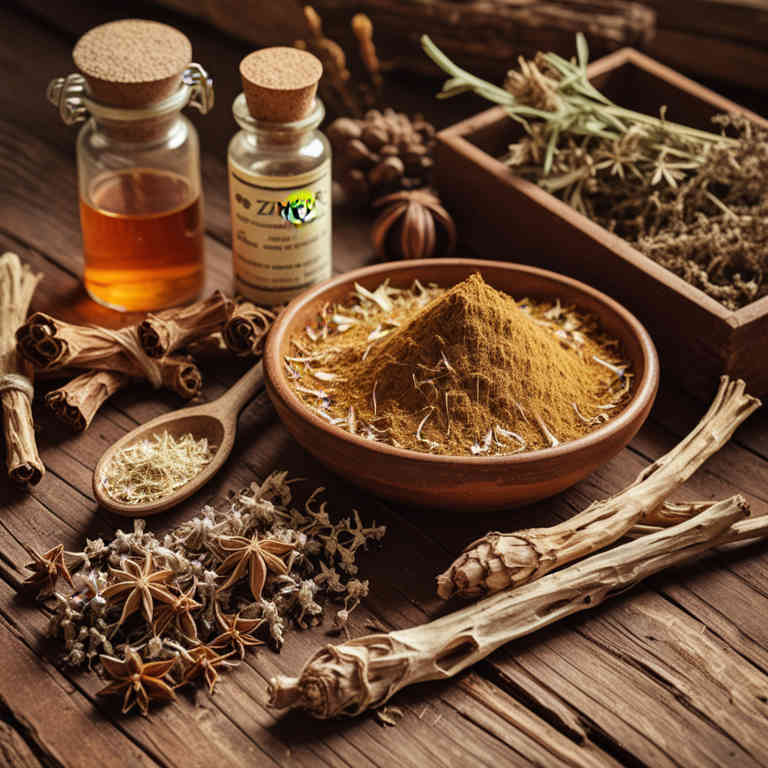
Herbal decoctions have been traditionally used to alleviate leg cramps by promoting muscle relaxation and improving circulation.
Common herbs such as chamomile, valerian root, and ginger are often included in these decoctions due to their calming and anti-inflammatory properties. To prepare a decoction, the herbs are simmered in water for an extended period to extract their active compounds. This method allows for the gradual release of beneficial compounds that can help reduce muscle tension and spasms.
While herbal decoctions can be a natural remedy, it is advisable to consult a healthcare professional before use, especially for individuals with existing medical conditions or those taking medications.
FREE Herb Drying Checklist
How to make sure every batch retains maximum flavor, color, and aroma without the risk of mold or over-drying. Eliminate guesswork and trial-and-error, making herb drying faster, easier, and more efficient every time.
Table of Contents
1. Equisetum arvense
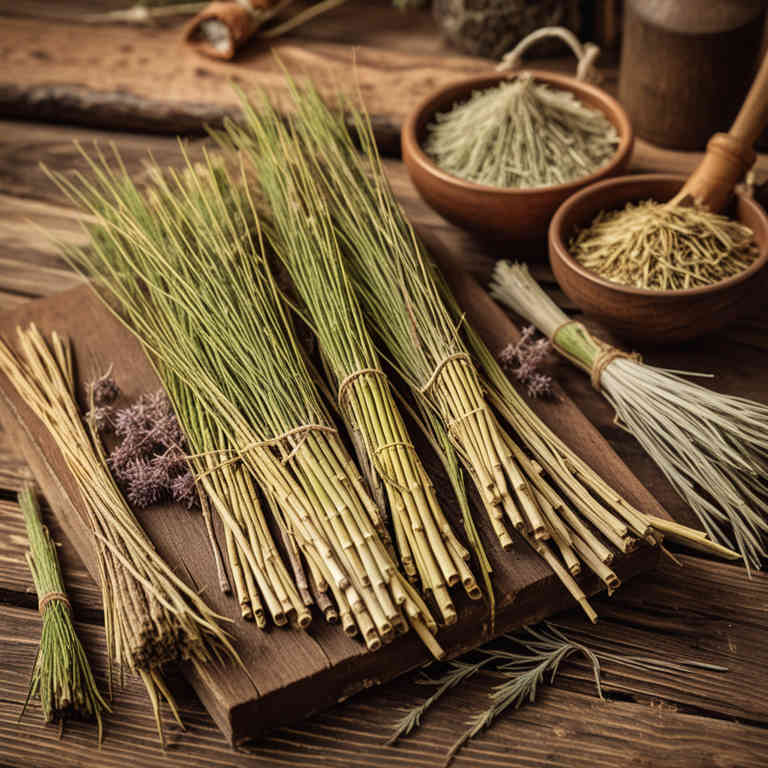
Equisetum arvense, commonly known as field horsetail, has been traditionally used in herbal medicine for its potential benefits in alleviating leg cramps.
The plant is rich in silica and other minerals, which may help strengthen connective tissues and improve muscle function. Herbal decoctions made from Equisetum arvense are often prepared by simmering the dried herb in water for several hours to extract its active compounds. These decoctions are believed to support circulation and reduce muscle spasms, making them a popular remedy for individuals experiencing frequent leg cramps.
However, it is important to consult with a healthcare professional before using Equisetum arvense, as it may interact with certain medications and is not recommended for long-term use without supervision.
2. Valeriana officinalis
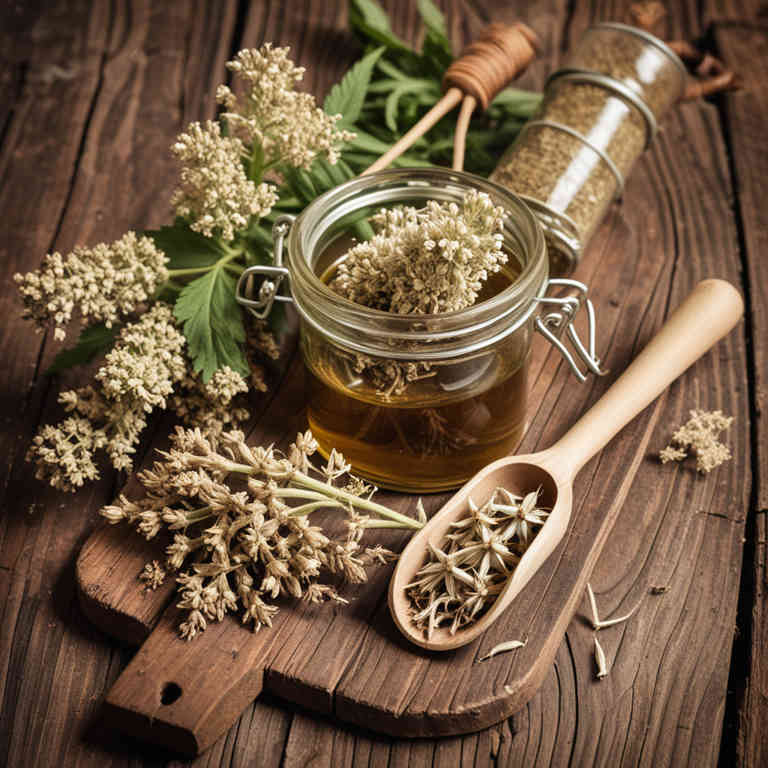
Valeriana officinalis, commonly known as valerian, is a traditional herbal remedy that has been used for centuries to address various health issues, including sleep disorders and nervous system conditions.
While it is well-known for its calming effects, valerian root is also sometimes used to alleviate symptoms of leg cramps, particularly those related to muscle spasms and tension. The active compounds in valerian, such as valerenic acid and sesquiterpenes, are believed to influence the central nervous system, potentially reducing the frequency and intensity of cramps. To prepare a valerian herbal decoction for leg cramps, the dried root is typically simmered in water for several minutes, then strained and consumed as a tea.
Although some studies suggest valerian may help with muscle relaxation, it is important to consult a healthcare professional before using it, especially if you are taking other medications or have underlying health conditions.
3. Vitex agnus-castus

Vitex agnus-castus, commonly known as chaste tree, has been traditionally used in herbal medicine for its potential to alleviate muscle-related conditions, including leg cramps.
Herbal decoctions made from vitex agnus-castus are believed to support hormonal balance and may help reduce muscle spasms by influencing neurotransmitter activity. These decoctions are often prepared by simmering the dried berries in water for an extended period to extract their active compounds. While some studies suggest that vitex may have mild muscle-relaxing properties, more research is needed to confirm its efficacy for leg cramps specifically.
As with any herbal remedy, it is advisable to consult a healthcare professional before use, especially for individuals with existing health conditions or those taking other medications.
4. Urtica dioica
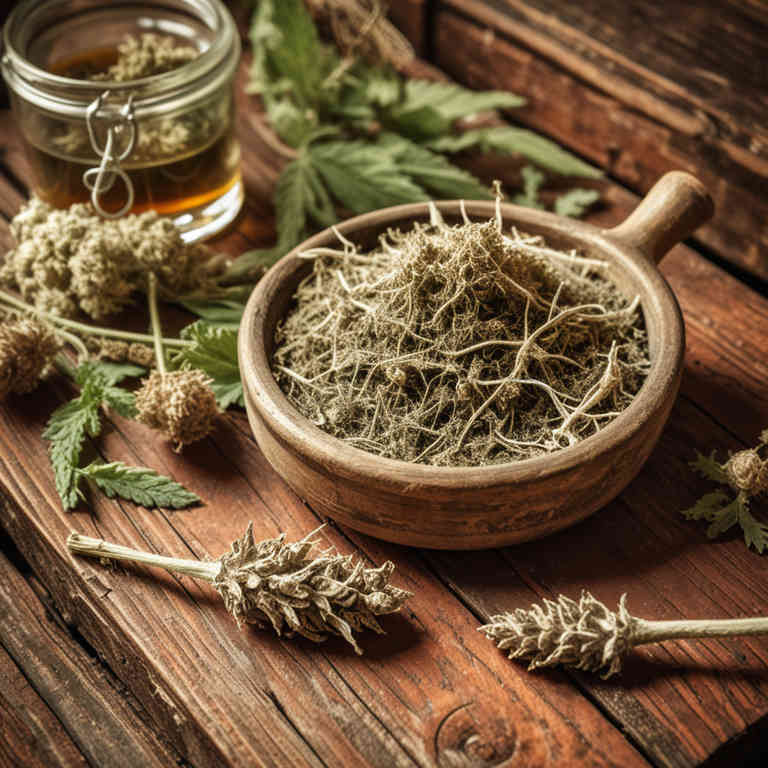
Urtica dioica, commonly known as stinging nettle, has been traditionally used in herbal medicine for its potential therapeutic effects.
When prepared as a decoction, stinging nettle involves simmering the dried leaves and stems in water to extract its active compounds. This herbal remedy is believed to help alleviate leg cramps by improving circulation and reducing muscle inflammation. The high concentration of minerals such as calcium, magnesium, and potassium in nettle may contribute to its muscle-relaxing properties.
While some studies suggest its efficacy, it is important to consult a healthcare professional before using stinging nettle decoctions, especially for individuals with existing health conditions or those taking medications.
5. Cnicus benedictus

Cnicus benedictus, commonly known as blessed thistle, has been traditionally used in herbal medicine for its potential to alleviate leg cramps.
Herbal decoctions made from the dried leaves and stems of this plant are believed to support muscle function and reduce spasms due to its rich content of bioactive compounds such as flavonoids and antioxidants. These decoctions are typically prepared by simmering the dried herb in water for an extended period to extract its medicinal properties. While some anecdotal evidence suggests that blessed thistle may help with muscle-related discomfort, it is important to consult a healthcare professional before using it, especially for persistent or severe leg cramps.
As with any herbal remedy, the efficacy and safety can vary, and it should be used as a complementary therapy rather than a replacement for medical treatment.
6. Glycyrrhiza glabra
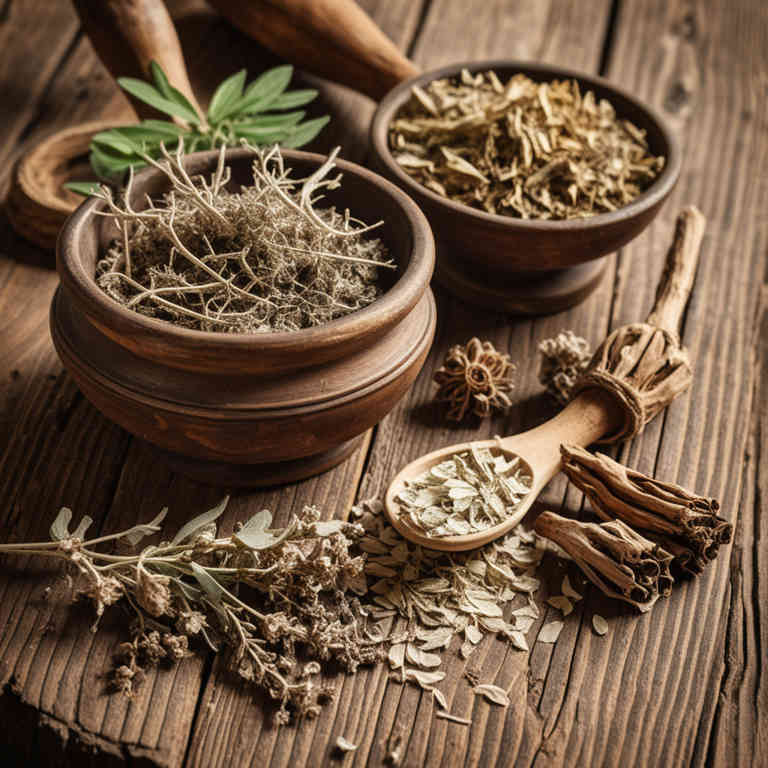
Glycyrrhiza glabra, commonly known as licorice root, has been traditionally used in herbal medicine for its anti-inflammatory and muscle-relaxing properties.
Herbal decoctions made from licorice root are believed to help alleviate symptoms of leg cramps by promoting muscle relaxation and reducing spasms. The active compounds in licorice, such as glycyrrhizin and flavonoids, may contribute to its effectiveness in easing muscle discomfort. However, long-term use of licorice root decoctions can lead to side effects like hypertension and electrolyte imbalances due to its potent effects on the adrenal glands.
As a result, it is advisable to consult a healthcare professional before using licorice root for leg cramps, especially for individuals with existing health conditions or those taking medications.
7. Zingiber officinale
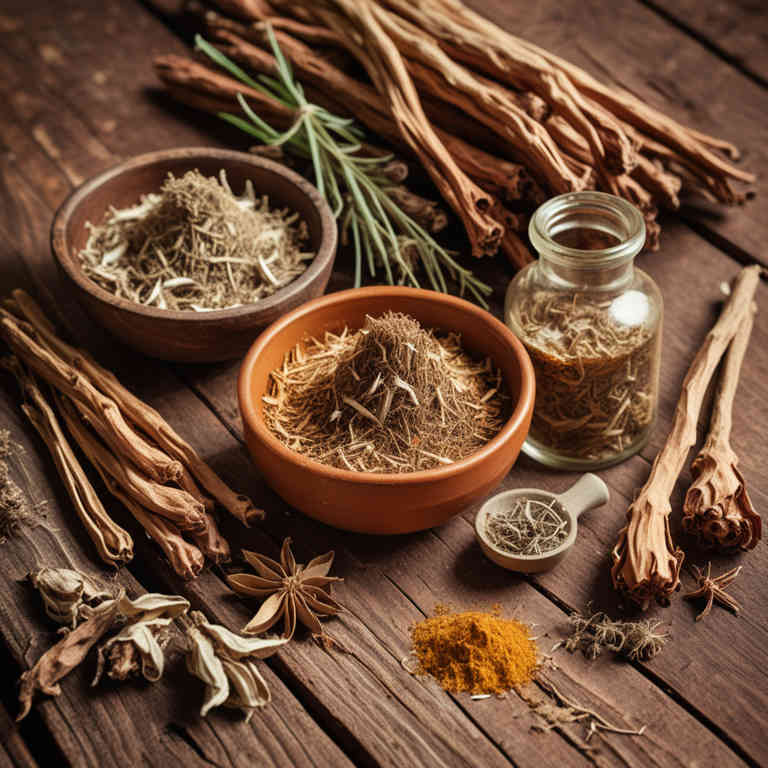
Zingiber officinale, commonly known as ginger, has been traditionally used in herbal medicine for its anti-inflammatory and muscle-relaxing properties.
Herbal decoctions made from fresh or dried ginger roots are often prepared by simmering the root in water to extract its active compounds, such as gingerol and shogaol. These compounds may help alleviate leg cramps by improving circulation and reducing muscle tension. Some studies suggest that ginger can act as a natural remedy for muscle spasms due to its ability to modulate pain and inflammatory responses.
However, while ginger decoctions may offer relief for mild leg cramps, they should not replace medical treatment for severe or persistent muscle issues.
8. Curcuma longa
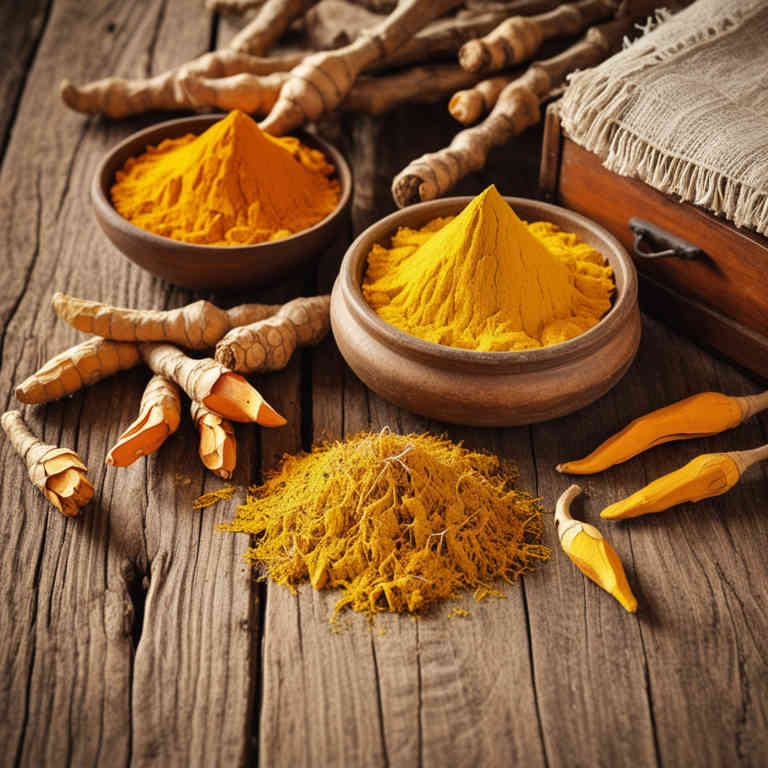
Curcuma longa, commonly known as turmeric, contains curcumin, a bioactive compound with potent anti-inflammatory and antioxidant properties.
Herbal decoctions made from Curcuma longa have been traditionally used in Ayurvedic and Chinese medicine to alleviate muscle pain and spasms, including leg cramps. These decoctions are typically prepared by simmering the dried rhizome in water to extract its active compounds, which can then be consumed as a tea or added to food. Studies suggest that curcumin may help reduce muscle inflammation and improve circulation, potentially offering relief from frequent or severe leg cramps.
However, while anecdotal evidence supports its use, more clinical research is needed to fully establish its efficacy and optimal dosage for treating leg cramps.
9. Salvia officinalis
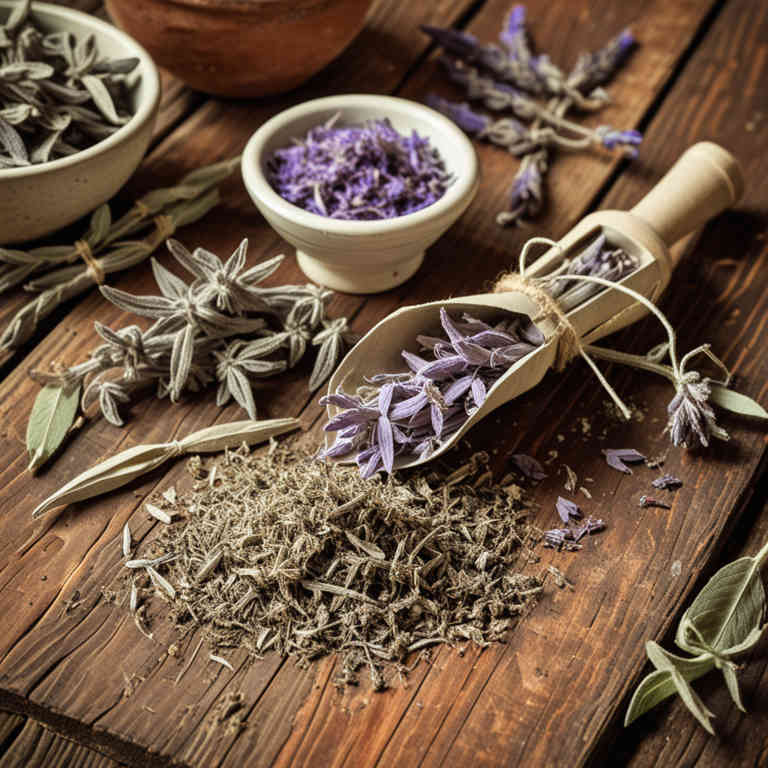
Salvia officinalis, commonly known as sage, has been traditionally used in herbal medicine for its potential benefits in alleviating leg cramps.
Herbal decoctions made from dried sage leaves are prepared by boiling the leaves in water, allowing the active compounds to infuse into the liquid. These decoctions are believed to have muscle-relaxing properties that may help ease the tension and spasms associated with leg cramps. The presence of compounds such as rosmarinic acid and flavonoids may contribute to its efficacy in reducing muscle discomfort.
While more scientific research is needed, some individuals report relief from leg cramps after using sage-based herbal decoctions as part of their natural wellness routine.
10. Achillea millefolium
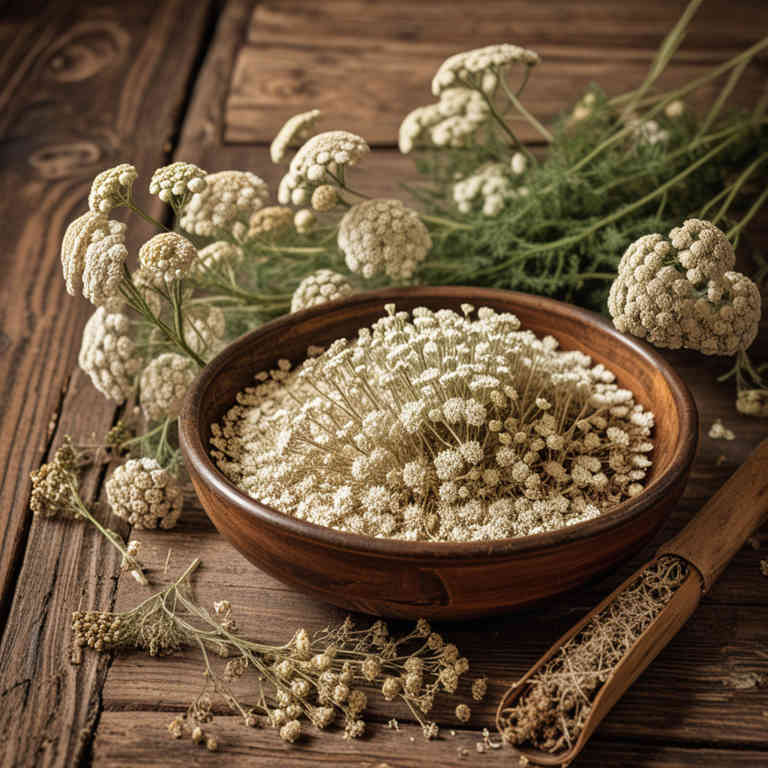
Achillea millefolium, commonly known as yarrow, has been traditionally used in herbal medicine for its anti-inflammatory and circulatory benefits.
Herbal decoctions made from the dried aerial parts of Achillea millefolium are believed to support muscle relaxation and improve blood flow, which may help alleviate symptoms of leg cramps. These decoctions are typically prepared by simmering the dried herb in water for several minutes, then allowing the mixture to steep for further extraction of active compounds. While some anecdotal evidence suggests that yarrow may provide relief for occasional leg cramps, more scientific research is needed to confirm its efficacy and safety.
As with any herbal remedy, it is advisable to consult a healthcare professional before using Achillea millefolium, especially for individuals with existing medical conditions or those taking prescription medications.